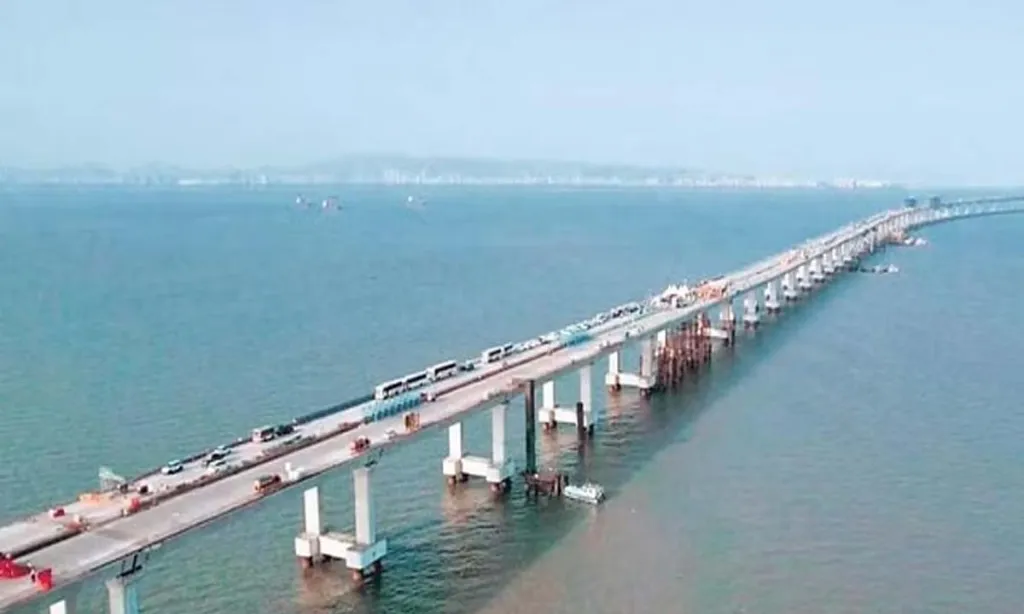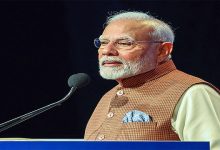MUMBAI: Prime Minister to inaugurate the longest sea bridge in Maharashtra today

Mumbai: Prime Minister Narendra Modi is set to inaugurate India’s longest sea bridge, the Mumbai Trans Harbor Link (MTHL), at 21.8 km long, on January 12. This bridge will significantly reduce the travel time and distance between Mumbai and Navi Mumbai.
The MTHL sea bridge will reduce the commute time for passengers by 20 to 25 minutes, connecting Chirpe in Ulwe, Uran Taluka, Navi Mumbai to Sewri in South Mumbai. It has been named Atal Setu in honor of late former Prime Minister Atal Bihari Vajpayee. Conceived nearly 30 years ago, the project aims to speed up travel between the two cities.
MTHL is the first sea bridge in India to incorporate the Open Road Tolling (ORT) system, which allows vehicles to pass through toll booths at speeds of up to 100 kmph without stopping. Maharashtra Chief Minister Eknath Shinde said MTHL will accelerate the progress of the region and boost development in Navi Mumbai and surrounding areas. He recently inspected the country’s longest sea bridge and highlighted its minimal environmental impact, citing the increase in the number of flamingo birds visiting the Sewri coast.
MTHL boasts of a 6-lane sea link, spanning 16.50 kilometers over sea and 5.50 kilometers on land, demonstrating remarkable engineering expertise. Additionally, it is strategically located near the Navi Mumbai International Airport which is under development.
According to state government officials, MTHL is not just a transport project but also an engine of economic growth, with an estimated cost of around Rs 18,000 crore. Upon completion, it is expected to accommodate approximately 70,000 vehicles, addressing the area’s growing traffic congestion.
Rajesh Prajapati, chairman and MD of Navi Mumbai-based Prajapati Group, highlighted the potential of the bridge to create a new supply chain, enhance the real estate market in areas like Ulwe, Dronagiri, Panvel and the developing Pushpak Nagar and improve connectivity. Mumbai Pune Express. MTHL allows motorists to travel at a maximum speed of 100 km per hour, with specific restrictions for different vehicle types.
















